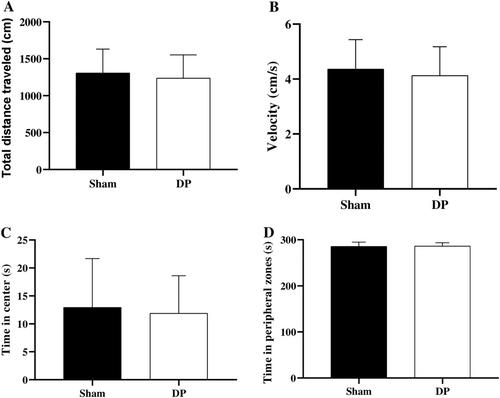Experimental Periodontitis Increases Anxious Behavior and Worsens Cognitive Aspects and Systemic Oxidative Stress in Wistar Rats
Abstract
Objectives
Periodontitis (PD) has the potential to induce systemic changes that affect both physical and behavioral aspects. These alterations may be associated with changes in both the inflammatory profile and the oxidative stress status of individuals with PD. Therefore, we aimed to evaluate the effects of PD on oxidative stress, as well as on behavioral parameters and cognitive impairment, in a preclinical model.
Material and Methods
Twenty-four male Wistar rats were randomly assigned to PD and sham groups. PD was induced by the ligature protocol for 14 days. Behavioral tests were initiated on the 9th day of the experiment to evaluate anxious behavior and cognition (learning and memory). After euthanasia, oxidative stress was evaluated in the gums, blood, hippocampus, and amygdala. Alveolar bone loss, bone microstructure, and elemental compositions of the mandibular bone were also assessed.
Results
PD increased alveolar bone loss, reduced the calcium and phosphorus content in the mandibular bone, and increased anxiety-like behavior and cognitive decline (p < 0.05). Furthermore, PD significantly affected the redox balance, as evidenced by increased total antioxidant capacity (TAC) in the gingiva and hippocampus (p < 0.05). It also led to increased lipid peroxidation in the gingiva and erythrocytes (p < 0.05), decreased antioxidant defenses in erythrocytes (superoxide dismutase) and the hippocampus (catalase), and increased antioxidant activity (catalase) in the amygdala (p < 0.05).
Conclusion
PD resulted in cognitive alterations, including impairments in spatial learning and memory, as well as increased anxious behavior, likely due to redox imbalance in rats.


 求助内容:
求助内容: 应助结果提醒方式:
应助结果提醒方式:


